It looks like you're using an Ad Blocker.
Please white-list or disable AboveTopSecret.com in your ad-blocking tool.
Thank you.
Some features of ATS will be disabled while you continue to use an ad-blocker.
11
share:
Off of the Eastern Coast of Spain are islands that host the remains of ancient civilization. The land that composes the Balearic Islands is filled
with ancient structures that date back several thousand years. These islands are rich with history, and are often overlooked when learning about
ancient civilization.
Below is some general information, pictures, and links to get you started on learning about these amazing, ancient, island cultures and their structures.
en.wikipedia.org...
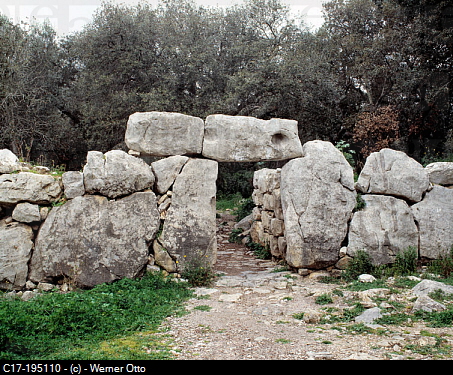
www.menorca.islasbaleares.com...
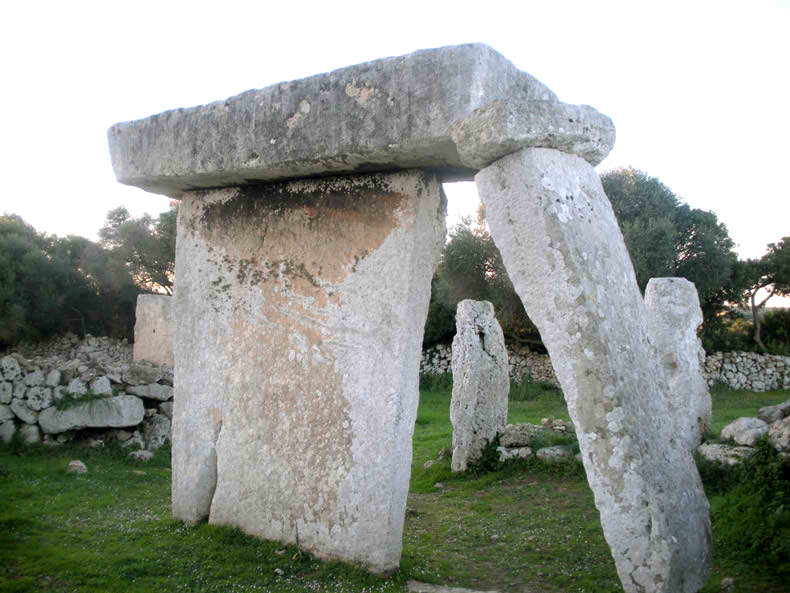
www.spanisharts.com...
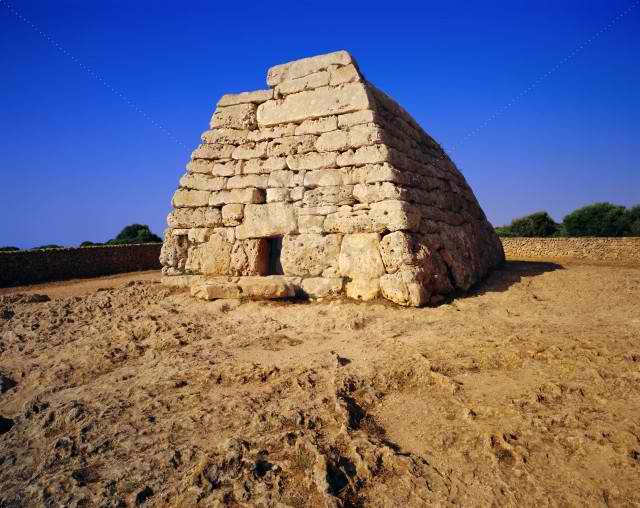
www.mca-hotels.com...
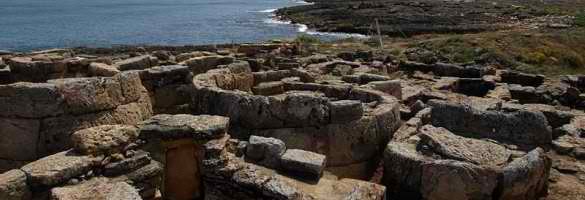
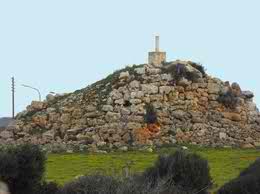

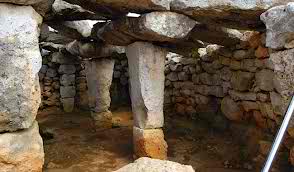
adsabs.harvard.edu...
www.iknow-majorca.co.uk...
The video below is in Spanish, but has some fantastic video.
This is just a introduction to these islands and the Talayotic Culture. This is a rather large topic, with a lot of information about it available, so I'll be adding more information, pictures, and links as I have time.
Enjoy learning about our Anient Civilizations...there's more to come.
Below is some general information, pictures, and links to get you started on learning about these amazing, ancient, island cultures and their structures.
en.wikipedia.org...
The Talaiotic Culture or Talaiotic Period is the name used to describe the society that existed on the Gymnesian Islands (the easternmost Balearic Islands) during the Iron Age. Its origins date from the end of the second millennium BC, when the inaccurately named Pre-Talaiotic Culture underwent a crisis and evolved into the Talaiotic Culture. Its name is derived from the talaiots, which are the most abundant and emblematic structures from the prehistoric period of the Balearic Islands.

www.menorca.islasbaleares.com...
Human presence in Minorca has been verified from the beginning of the Bronze Age (2000 B.C.) that was called the pre-Talayotic period and it left important burial monuments such as megalithic tombs and the collective tombs known as navetas. The best known of these is the Naveta de Tudons. It also left small settlements made up of apse rooms.
Towards 1400 B.C., the evolutionary process of this culture produced various large stone constructions known as talayots. This word gives rise to the name of the richest prehistoric period of the island, namely, the Talayotic period.

www.spanisharts.com...
Talayots are constructions made with big or middle-size stones. They are structures looking like a tower (pyramid trunk or cone), up to 9 m. high and a variable measure for diameter or side. Scholars found circular plan or square plan talayots. The former get a variant: with stairs. They keep the basic way of the plan and change the way of elevation: a series of "rings" with diminishing diameters.
The biggest talayots get one or several columns in order to support its cover or the upper floors' one. Some of them get the novelty of presenting radial rooms around the central column.
Importance and number of these remainings let us speak about a "Culture of Talayots". It makes easy the difference between them and contemporary megalithic constructions at our Peninsula. This civilization began ca. 2.100 b.C., probably formed by nomadic people from the North of Africa who used to live in caves and evolutioned in order to occupy single huts. Later, walls around villages were built with a simple construction of stones. Finally, houses made of stone with different rooms or even access between them.
Just on Menorca Island more than twelve villages with more than 250 Talayots can be found. That gives us an idea on the importance these buildings had at its age

www.mca-hotels.com...

The prehistoric necropolises of Son Real and L´illot des Porros are located on Santa Margalida´s coast, within the nature reserve of Son Real, very close to the unspoilt beach of S´Arenal d´En Cassat. The former of the two is also known as the Cementiri des Fenicis (Cemetery of the Phoenicians). This represents a monumental burial place of 110 tombs, from the Iron Age through to the Roman era; it occupies an area of 800 m2 and the remains of around 300 people have been found here. The tombs are square, circular and rectangular, as well as in a horseshoe form. They seem to be small-scale reproductions of talayots (cone-shaped towers which were the most important constructions in prehistoric Mallorca). There are signs that some of the tombs have been destroyed by sea erosion. Objects fond on the site include jewellery, arms, food remains and objects for everyday use and for funeral rites. Until the 4th century bodies were only buried, but after this time they were also burnt.
L´illot des Porros is a small island of 3,500 m2, located 100 metres from the coast in front of the necropolis of Son Real; here we find three large collective sepulchres in which bodies were either buried or burnt. The oldest of the three is a semi-circular funeral chamber from the 4th Century BC, with walls formed by large blocks of stone. The other two, which are dug into the rock and partially built with stone walls, date from the 3rd and 2nd centuries BC. There are also individual tombs here like the ones found at Son Real. The surface area of the necropolis covers 450 m2 and the remains of 269 people have been found. There are signs that L´illot was also used for burials during the Roman and Medieval periods.



adsabs.harvard.edu...
www.iknow-majorca.co.uk...
The video below is in Spanish, but has some fantastic video.
This is just a introduction to these islands and the Talayotic Culture. This is a rather large topic, with a lot of information about it available, so I'll be adding more information, pictures, and links as I have time.
Enjoy learning about our Anient Civilizations...there's more to come.
edit on 25-9-2012 by isyeye because: (no reason given)
They should have used rerod reinforcement on those concrete roofs. I suppose the iron age wasn't there yet. I suppose in two thousand years even
rerod would have corroded to ore. I knew an Italian mason who was probably old enough to have worked there
Cool site never heard of this one, very interesting. The "T" shaped monoliths remind me of the stones at Göbekli Tepe. The similarity is striking.
Great find S&F.
The 'T' shape is to make it easier for timber roofs to be erected
If interested these ruins are similar to the Pre-Nuragic and Nuragic culture in Sardinia
If interested these ruins are similar to the Pre-Nuragic and Nuragic culture in Sardinia
reply to post by isyeye
thank you, i had not heard of these ruins.
they would seem to be similar to other ancient civilizations of the mediterranean sea.
so many mysteries about ancient history of man.
thank you, i had not heard of these ruins.
they would seem to be similar to other ancient civilizations of the mediterranean sea.
so many mysteries about ancient history of man.
new topics
-
Supreme Court Oral Arguments 4.25.2024 - Are PRESIDENTS IMMUNE From Later Being Prosecuted.
Above Politics: 23 minutes ago -
Krystalnacht on today's most elite Universities?
Social Issues and Civil Unrest: 32 minutes ago -
Chris Christie Wishes Death Upon Trump and Ramaswamy
Politicians & People: 59 minutes ago -
University of Texas Instantly Shuts Down Anti Israel Protests
Education and Media: 3 hours ago -
Any one suspicious of fever promotions events, major investor Goldman Sachs card only.
The Gray Area: 5 hours ago -
God's Righteousness is Greater than Our Wrath
Religion, Faith, And Theology: 9 hours ago
top topics
-
VP's Secret Service agent brawls with other agents at Andrews
Mainstream News: 14 hours ago, 11 flags -
Nearly 70% Of Americans Want Talks To End War In Ukraine
Political Issues: 15 hours ago, 5 flags -
Sunak spinning the sickness figures
Other Current Events: 14 hours ago, 5 flags -
Electrical tricks for saving money
Education and Media: 12 hours ago, 4 flags -
Late Night with the Devil - a really good unusual modern horror film.
Movies: 16 hours ago, 3 flags -
Krystalnacht on today's most elite Universities?
Social Issues and Civil Unrest: 32 minutes ago, 3 flags -
Any one suspicious of fever promotions events, major investor Goldman Sachs card only.
The Gray Area: 5 hours ago, 2 flags -
University of Texas Instantly Shuts Down Anti Israel Protests
Education and Media: 3 hours ago, 2 flags -
Supreme Court Oral Arguments 4.25.2024 - Are PRESIDENTS IMMUNE From Later Being Prosecuted.
Above Politics: 23 minutes ago, 1 flags -
Chris Christie Wishes Death Upon Trump and Ramaswamy
Politicians & People: 59 minutes ago, 0 flags
11
